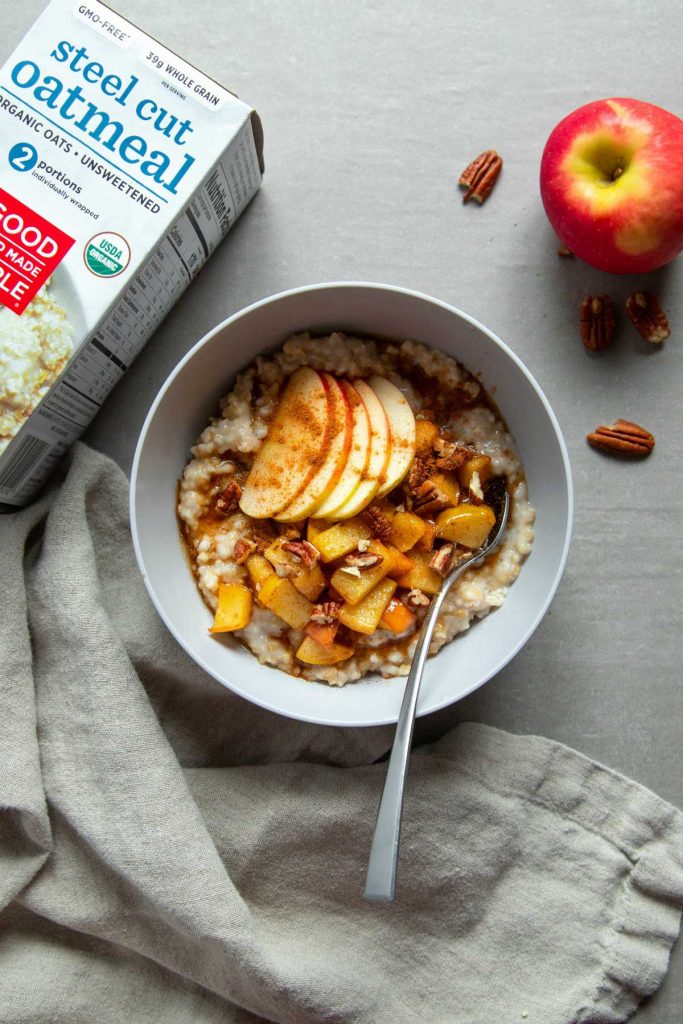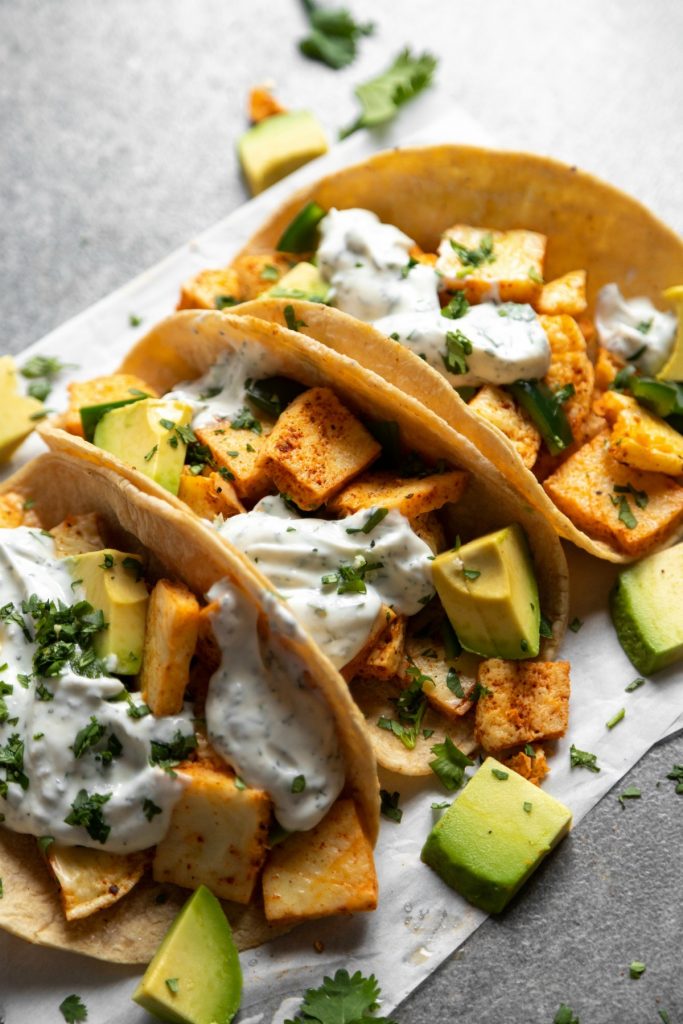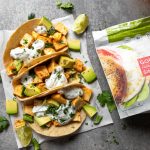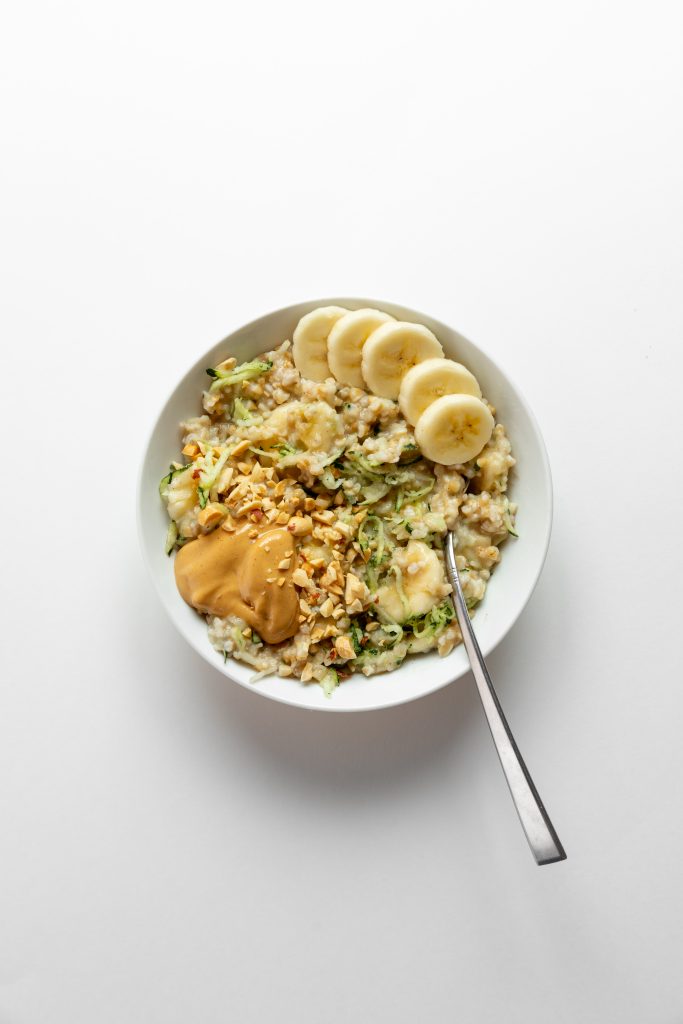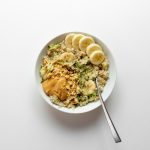Fall Foods In Season and Their Benefits
With Fall fresh upon us, it is time to start thinking of adding fresh, seasonal produce into your weekly meals. It can be difficult to stay nourished and energized during the Fall and Winter season due to shorter days. Thankfully, a lot of Fall produce is high in vitamins, minerals, and nutrients and are easy to incorporate into simple recipes!
In Season: Sweet Potatoes
Let’s be honest, sweet potatoes are great in any form and at any time of day. Sweet potatoes are very easy to find during the autumn months as they are harvested when the weather is colder. Sweet potatoes are incredibly versatile and there are many ways to cook them. Some benefits of eating sweet potatoes include improving gut health, potential cancer-targeting agents and improving your vision.
Gut health is important and does not just have to come from fermented foods. Due to their high levels of fiber, sweet potatoes assist with digestion and increasing good bacteria in your gut. It seems easy to overlook and forget to focus on gut health. However, gut health impacts many aspects of your body such as weight, mental health. Sweet potatoes are a simple way to implement gut-healthy foods, especially if you do not like fermented foods.
While it’s not 100% confirmed, it is speculated that sweet potatoes might protect against some types of cancer. The reason for this is due to antioxidants in purple sweet potatoes that tend to decrease the rate in which cancerous growths form. Additionally, the levels of beta-carotene have been found to protect from cancers such as prostate and colon cancer.
Similarly, the beta-carotene also helps improve your vision. When you keep the skin on orange sweet potatoes, you will be sure to find the most beta-carotene. The vitamin A from sweet potatoes has been found to protect your eyes from damage and can decrease your chances of blindness.
One of our favorite ways to include sweet potatoes in our diets is by stuffing them. Here is our Steak and Black Bean Bowl Stuffed Sweet Potato recipe that takes no more than 5 minutes to make!
Season’s Best: Squash
The main kinds of squash that are in season throughout the Fall are varieties of winter squash. Squash is a nutrient-dense veggie and is high in calcium, vitamins, and minerals. Some benefits of eating winter squash include regulating your blood pressure and improving your immune system.
High blood pressure is known to lead to health risks such as stroke and heart damage. Luckily, because squash is high in potassium it can assist in lowering blood pressure. This is huge if you are susceptible to high blood pressure or heart issues. According to the American Heart Association, potassium decreases tension within blood vessels, which leads to a drop in blood pressure.
In addition to blood pressure, squash is great for boosting your immune system. Due to its high levels of vitamin C, winter squash has the ability to protect you against immune deficiencies. Some of these immune deficiencies include the flu, common cold or even a bacterial infection. So, go ahead and make this Steak Black Bean Stuffed Spaghetti Squash and dive into all the benefits squash has to offer!
Fall Fav: Zucchini
Zucchini is an extremely versatile (and healthy) veggie that is packed with nutritional benefits and harvested through the Fall. Some of these benefits include improving eye health, boosting your energy and weight loss.
That’s right – carrots are not the only veggie that promotes eye health! In fact, zucchini also contains antioxidants that help improve and protect your eyes. Custom Kinetics explains that including zucchinis in your regular diet can protect your eyes against cataracts or rapid degeneration that comes along with aging. If you know you are prone to vision issues or simply want to protect your eyesight, zucchini is very accessible produce to add to your weekly food plan.
Another great reason to eat zucchini is due to its ability to increase your energy levels. Zucchini contains various vitamins and minerals but the vitamin-B in this Fall veg helps spike your energy levels and can improve your overall mood. Vitamin B6 helps your body convert food into energy. Consequently, this could potentially improve your mood and assist in decreasing fatigue. If you find yourself love on energy, adding zucchini to your meal prep doesn’t sound like a bad idea!
Weight Loss and Zucchini
If you are focusing on weight-loss or a low-calorie diet, zucchini has got you covered! Zucchini is high in fiber as well as water content, both of which keep you full for longer while eating less. Not only will you feel full after eating it, but it also is very low in calories. Health.com says that one cup of zucchini has about 40 to 50 percent fewer calories than other veggies like broccoli.
Depending on your weight loss goals and or diet, zucchini may help you fuel your body while keeping weight off. Even if you are not focusing on a weight loss lifestyle and want to keep track of calories, zucchini is a very healthy option to cook up and devour. One way we love to cook up zucchini is by turning them into enchiladas! Our Southwestern Zucchini Enchiladas recipe is quick, easy and perfect for Meatless Monday.
While there is much more Fall produce in season, these are a few of our favorites and they are simple to integrate into your diet. Depending on your personal preference and lifestyle, there is sure to be a Fall veggie to fit your food plan and the vitamins and minerals your body needs!
